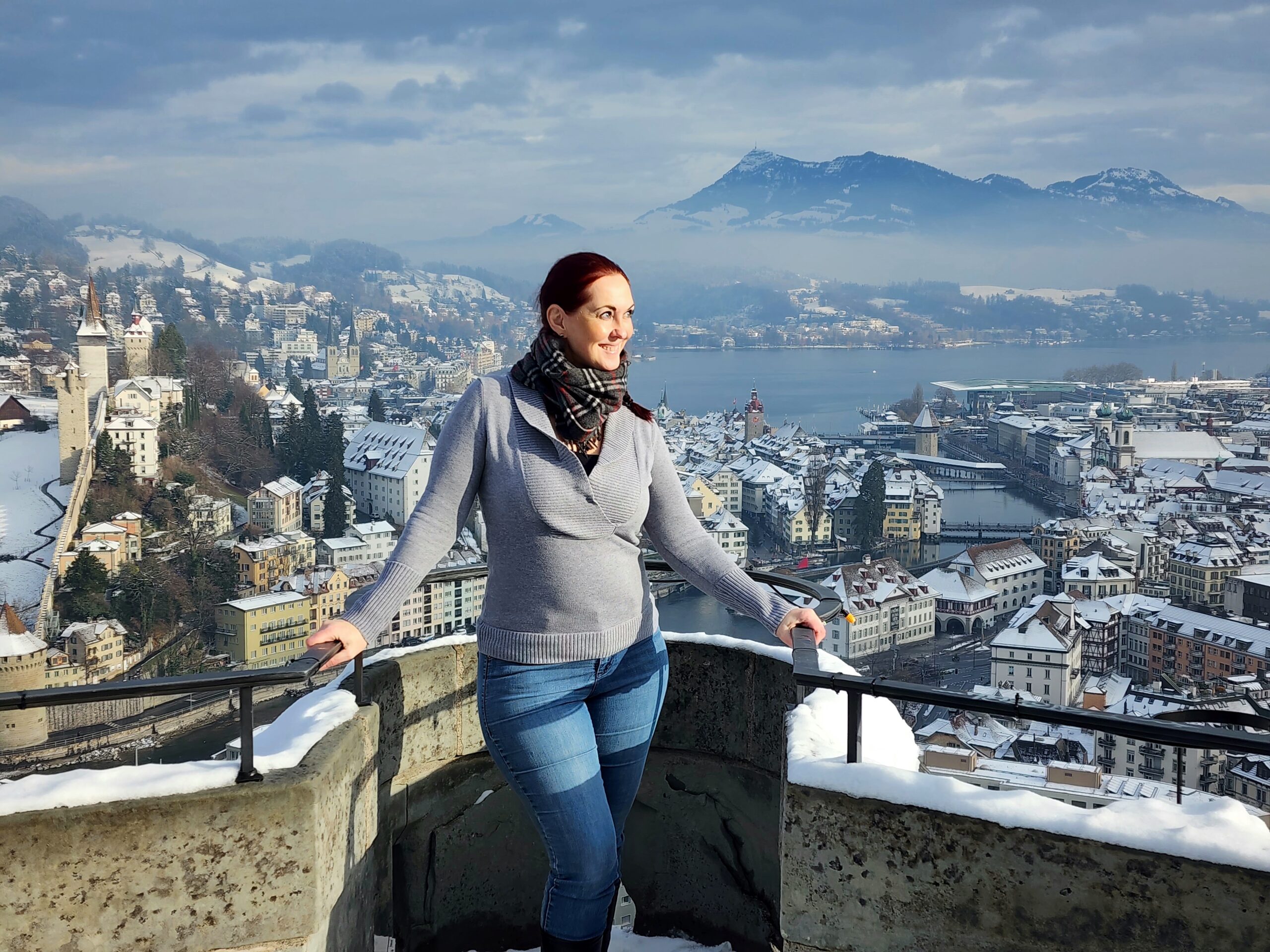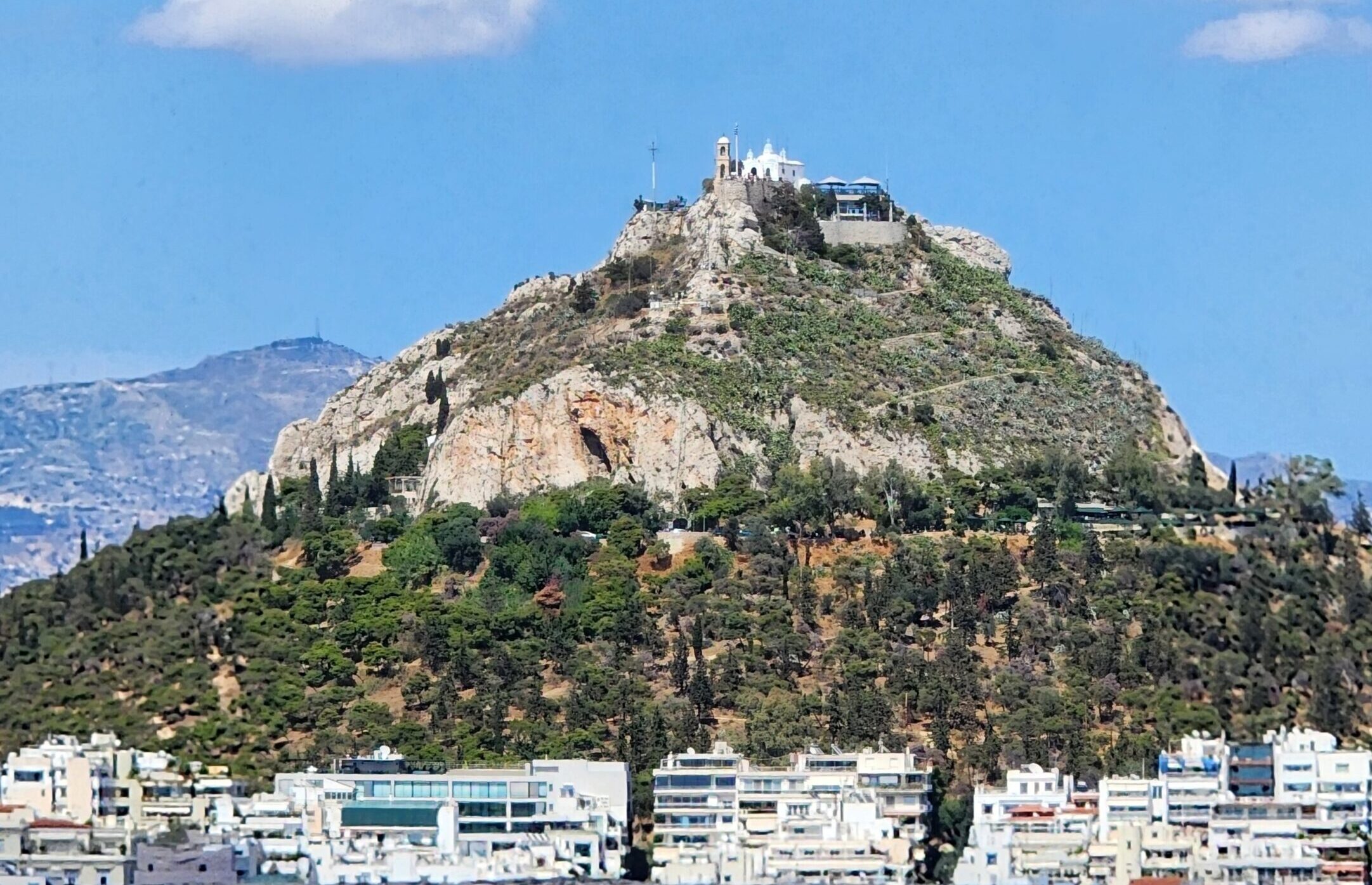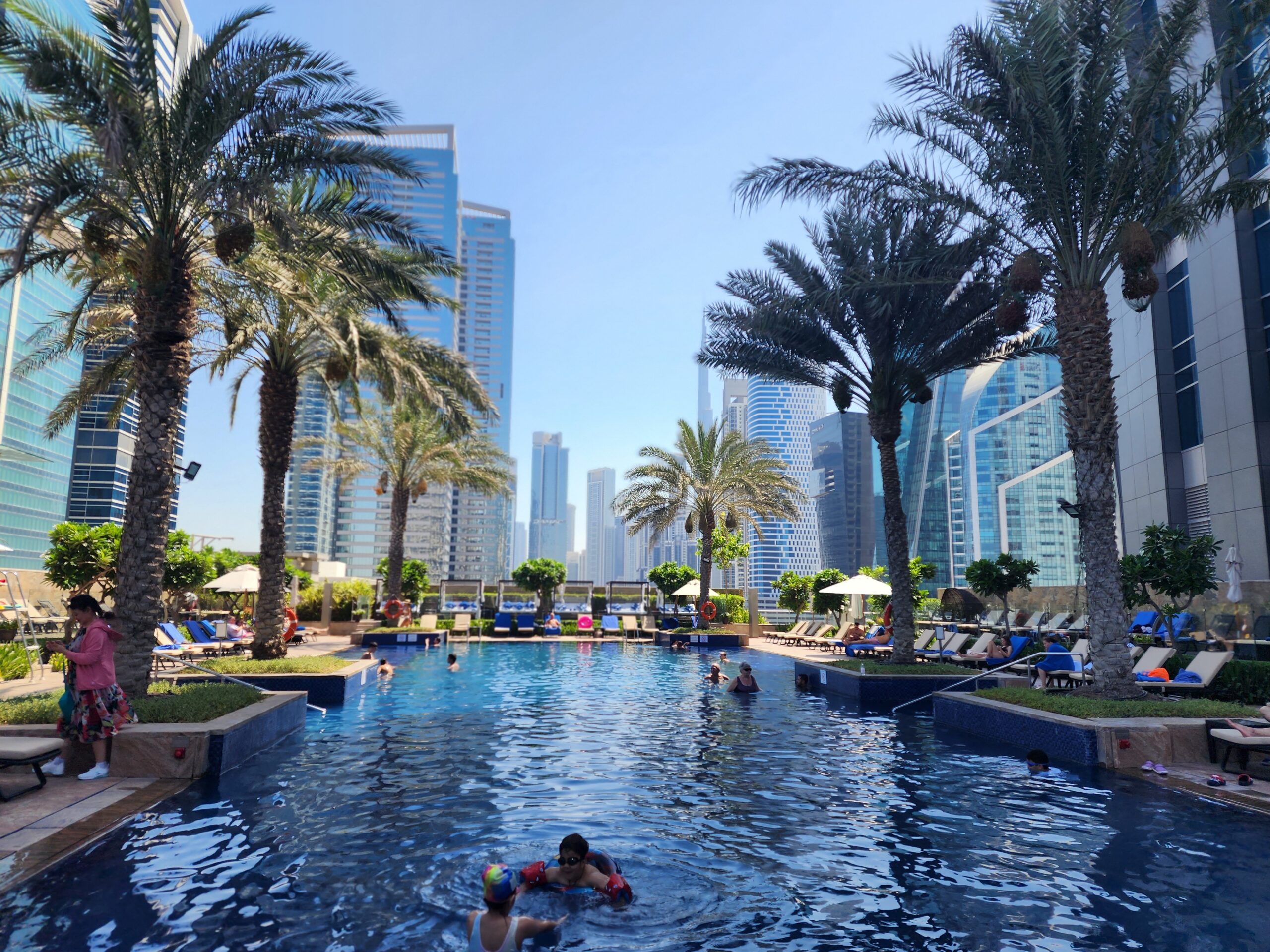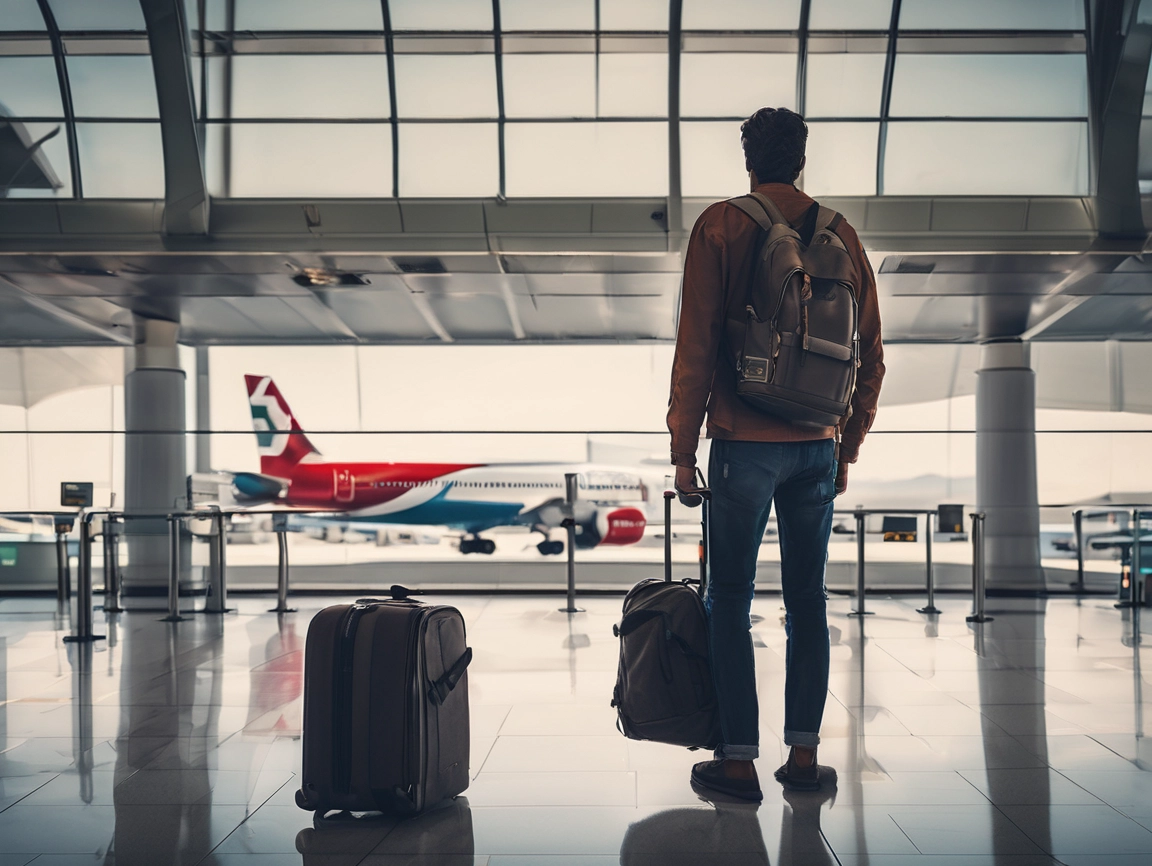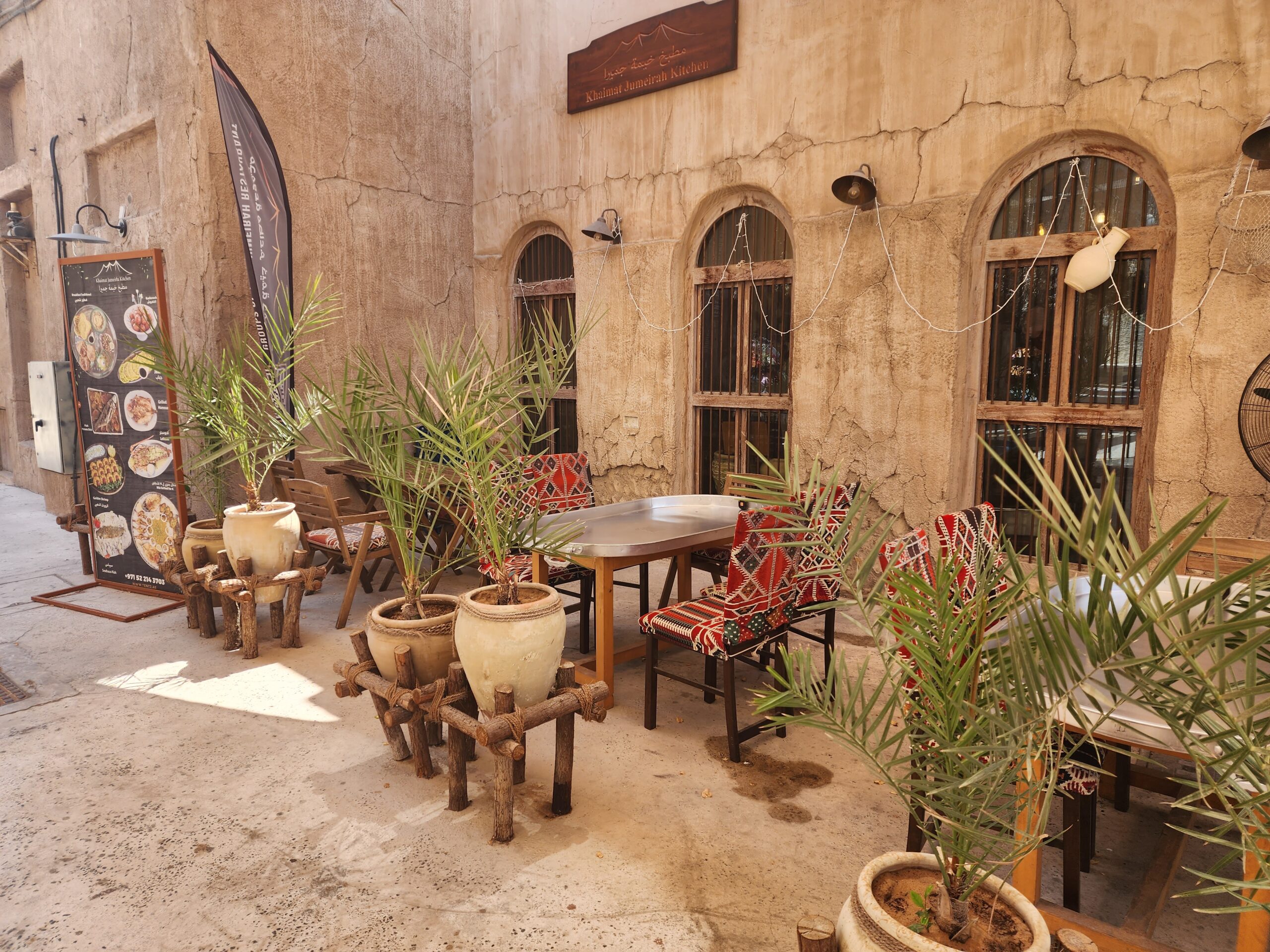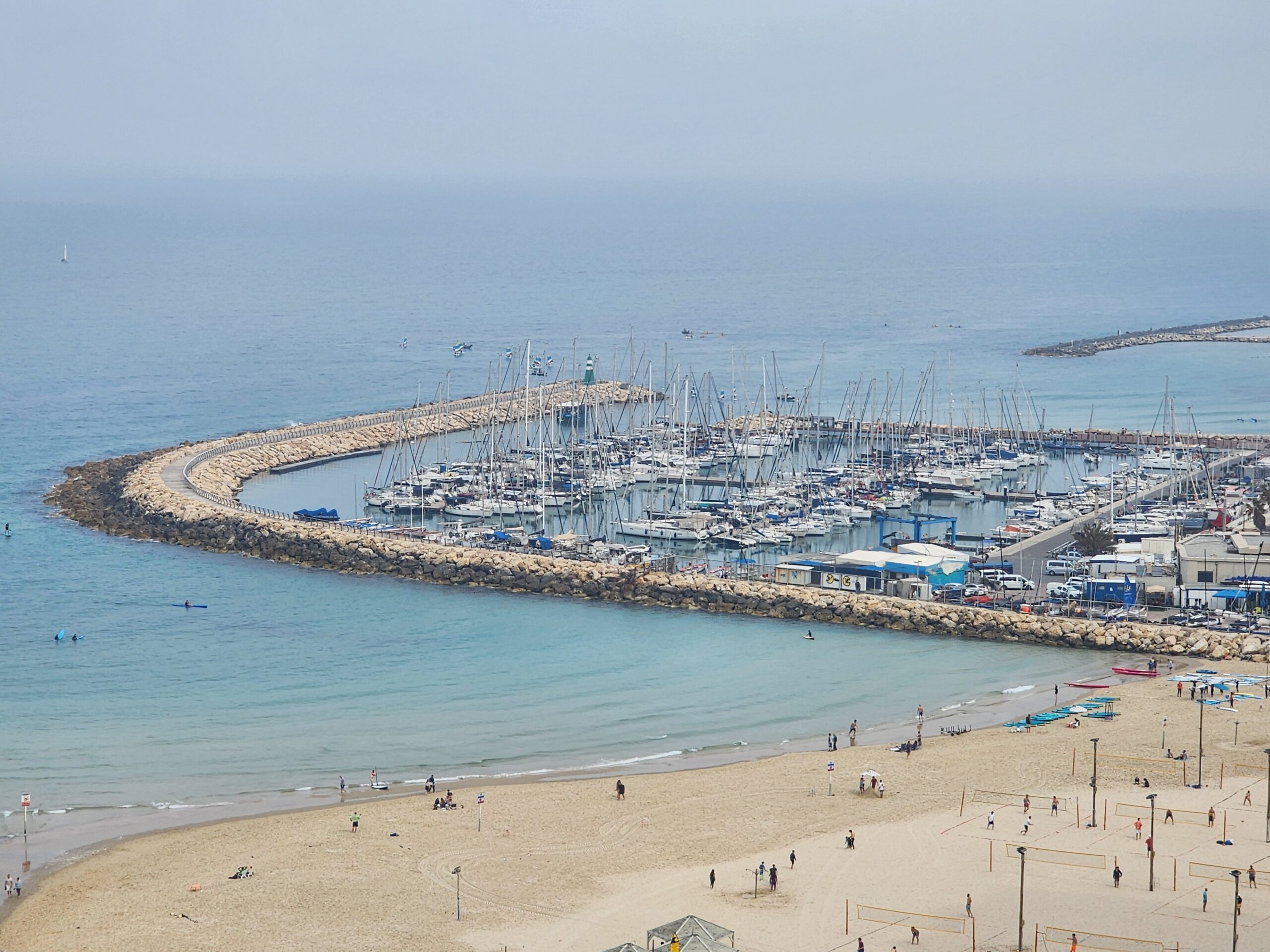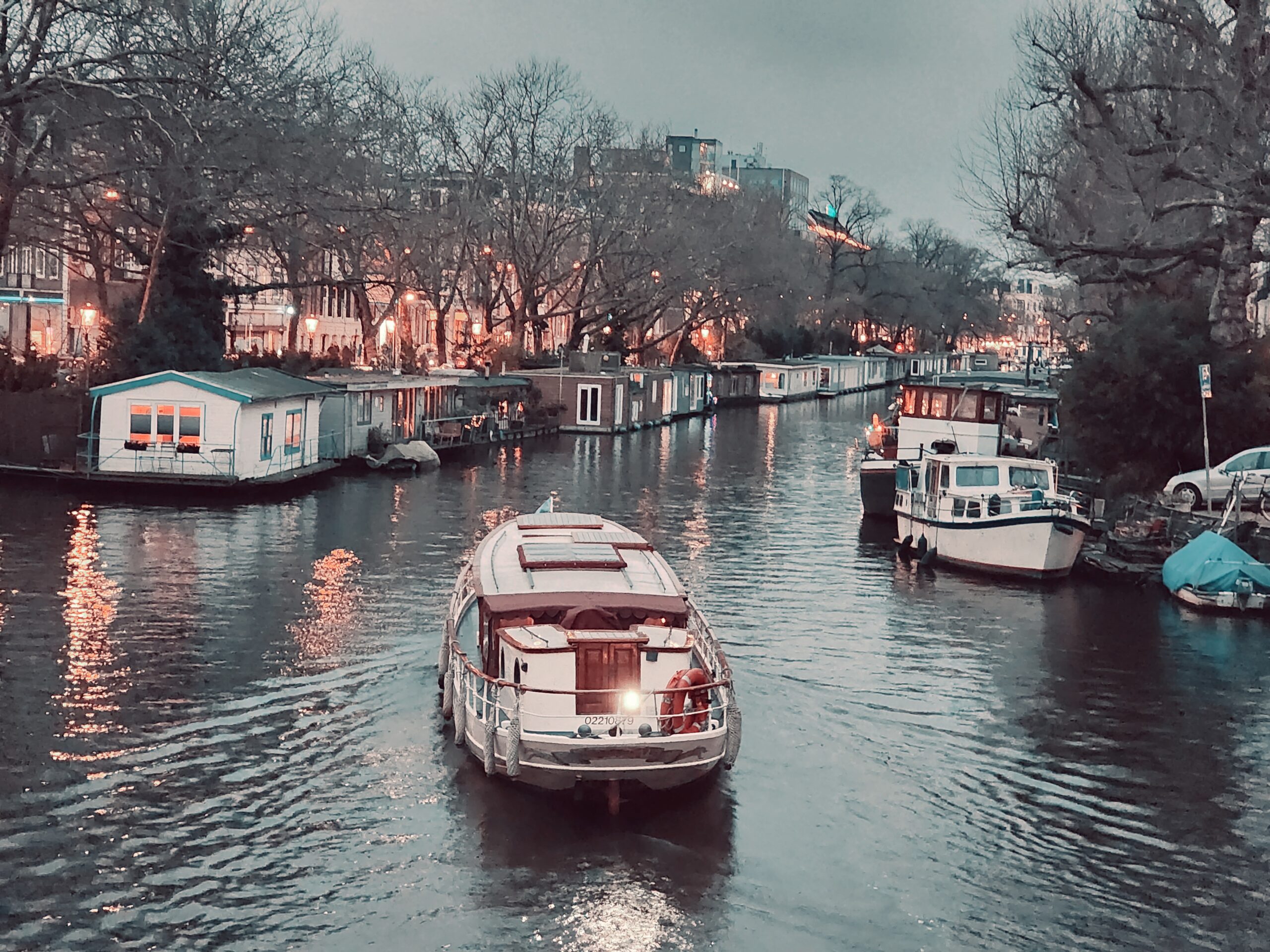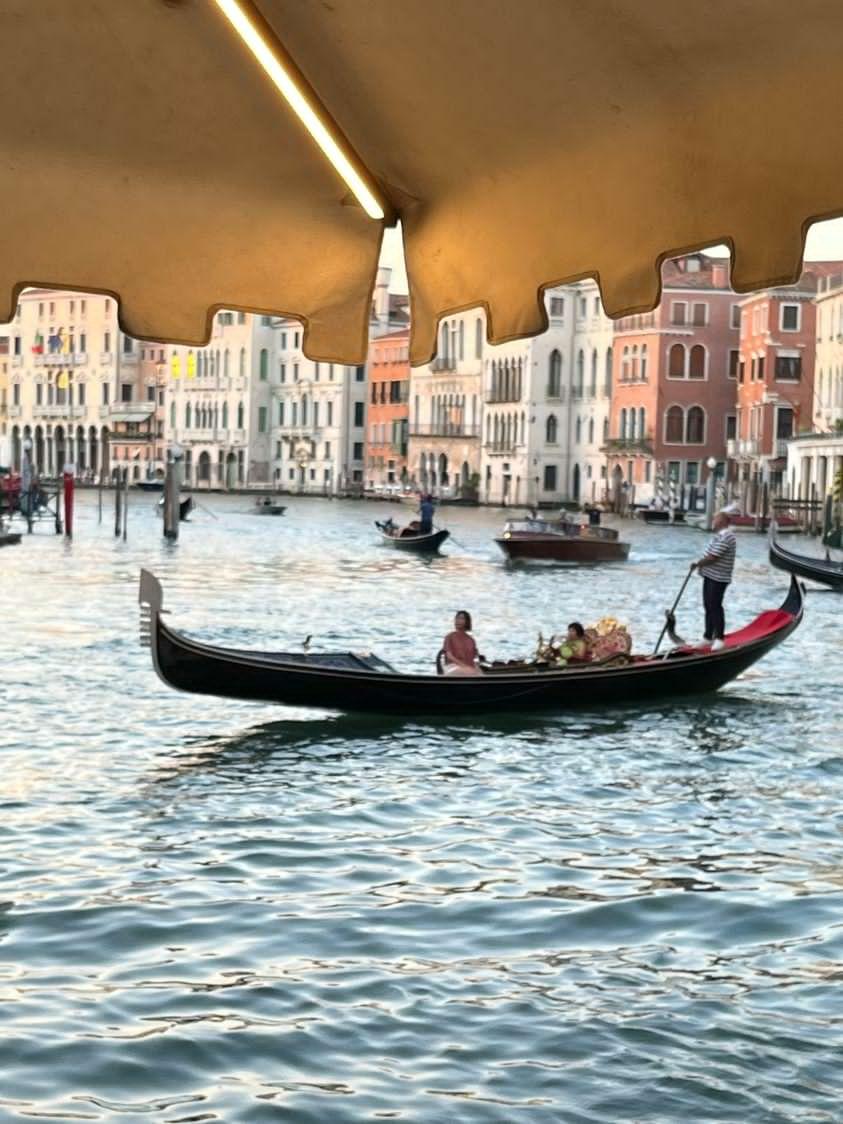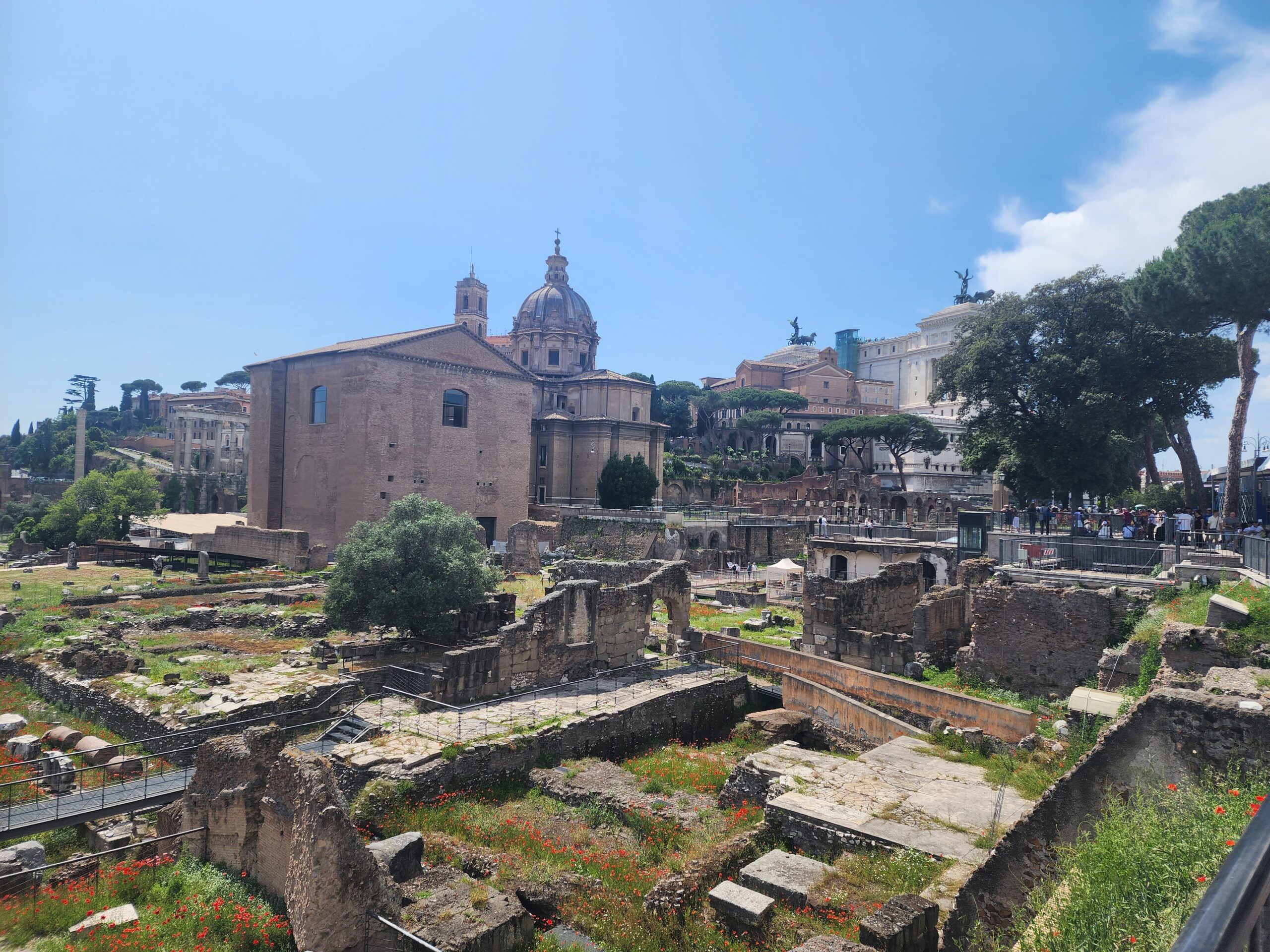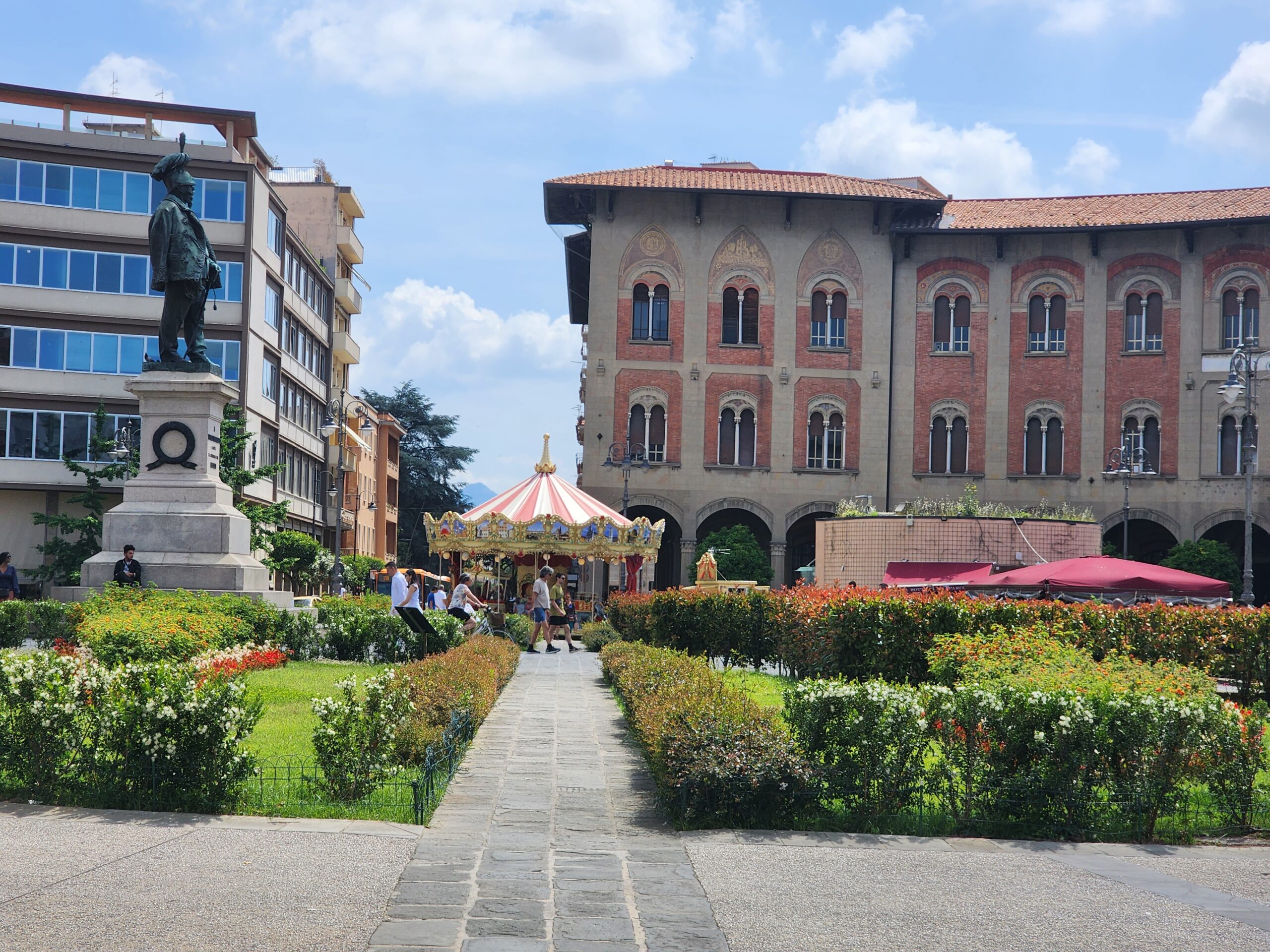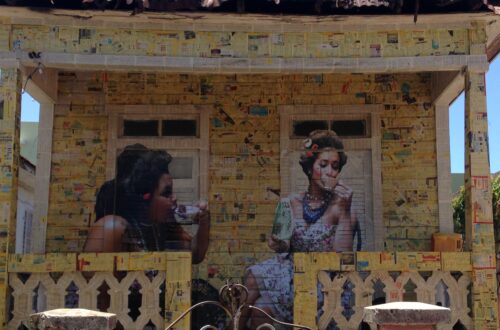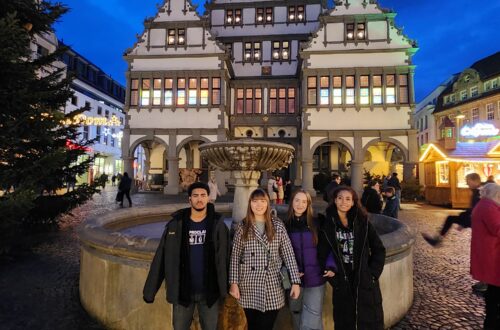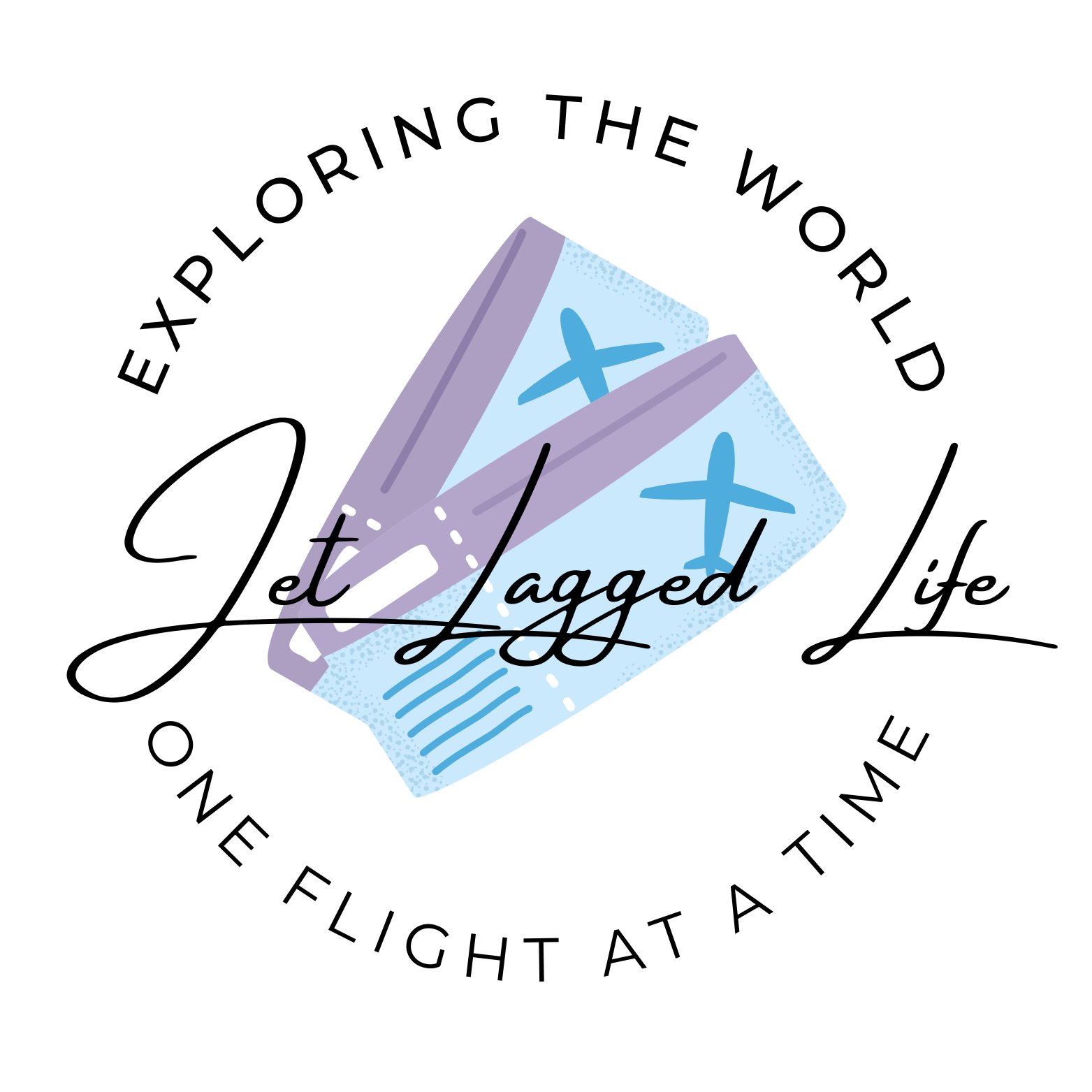Berlin, the capital of Germany, is a city that perfectly marries its complex and turbulent past with its dynamic, modern identity. Known for its rich history, vibrant arts scene, and progressive attitude, Berlin is a city of contrasts, where old meets new in the most fascinating ways. From remnants of its imperial days to the scars left by the Cold War, Berlin offers a deep dive into European history, while also embracing cutting-edge culture, technology, and nightlife. Whether you’re an art lover, history enthusiast, or simply seeking a great time, Berlin has something for everyone.
Key Highlights of Berlin:
Brandenburg Gate: One of Berlin’s most iconic landmarks, the Brandenburg Gate is a symbol of the city’s turbulent history and its reunification. This neoclassical archway, which once marked the division between East and West Berlin, now stands as a symbol of peace and unity. Located at the end of Unter den Linden, it’s a must-see, especially at night when it’s beautifully illuminated.
Berlin Wall and East Side Gallery: The Berlin Wall, which divided the city for almost three decades, is one of the most powerful symbols of the Cold War. Today, you can visit sections of the Wall, such as the East Side Gallery, an open-air gallery featuring murals and graffiti created by artists from around the world. It’s a poignant reminder of Berlin’s history and its transformation.
Reichstag Building: The seat of the German parliament, the Reichstag is an architectural masterpiece that combines history with modernity. The glass dome on top offers panoramic views of the city and is a popular spot for visitors. The building is also significant because it was the site of the famous fire in 1933, which played a pivotal role in the rise of the Nazi regime.
Museum Island: Situated in the heart of Berlin, Museum Island is home to some of the world’s most renowned museums, including the Pergamon Museum, which houses ancient artifacts from civilizations like Babylon and Greece, and the Altes Museum, featuring art from the Roman and Greek periods. With its wealth of cultural treasures, Museum Island is a UNESCO World Heritage site and a must-visit for art and history enthusiasts.
Berlin Cathedral (Berliner Dom): Located on Museum Island, the Berlin Cathedral is a stunning baroque-style church that has stood since the 15th century. Visitors can admire its intricate architecture, explore its crypt, or climb to the dome for an impressive view of the city’s skyline.
Checkpoint Charlie: One of the most famous border crossings during the Cold War, Checkpoint Charlie marked the division between East and West Berlin. Today, it’s a popular tourist site, with a small museum offering a detailed look at the Berlin Wall’s history, escape attempts, and the political tension between the East and West.
Tiergarten Park: Berlin’s Tiergarten Park is one of the largest and most beautiful urban parks in Europe. It offers a peaceful escape from the hustle and bustle of the city, with winding paths, ponds, and lush green spaces. The Victory Column in the center of the park provides stunning views of the city and is a popular spot for a scenic walk or a relaxing picnic.
Kaiser Wilhelm Memorial Church: A poignant symbol of both destruction and resilience, the Kaiser Wilhelm Memorial Church was heavily damaged during World War II. The church has been preserved in its damaged state as a war memorial, and the modern church next door features beautiful stained glass windows and an innovative design.
Potsdamer Platz: Once a no-man’s land during the Cold War, Potsdamer Platz has been transformed into one of Berlin’s busiest and most modern areas. It’s home to high-rise buildings, shopping malls, restaurants, and the famous Sony Center, a futuristic complex with a large glass roof. The area is also a hub for entertainment and culture, with theaters and cinemas showcasing both German and international productions.
Berlin’s Nightlife and Street Art: Berlin is renowned for its vibrant nightlife scene, which has made it a global center for electronic music. Iconic nightclubs like Berghain and Sisyphos attract party-goers from around the world. The city is also known for its vibrant street art culture, with areas like Kreuzberg and Friedrichshain covered in colorful graffiti and murals. These neighborhoods are also full of trendy cafés, boutique shops, and alternative spaces to explore.
How to Get There:
Berlin Tegel Airport (TXL) is the city’s main airport, but since 2020, Berlin Brandenburg Airport (BER) is the primary international airport. It’s well-connected to the city center by public transport, including buses, trains, and taxis. Berlin’s central station (Hauptbahnhof) is a major rail hub, offering excellent connections to other German cities and neighboring countries. Once in the city, Berlin’s extensive U-Bahn (subway) and S-Bahn (commuter train) systems make getting around easy and efficient.
This post may contain affiliate links which means I may receive a commission if you click or purchase through the links. I will only recommend products I use myself. Learn more on my Disclaimer Page.
